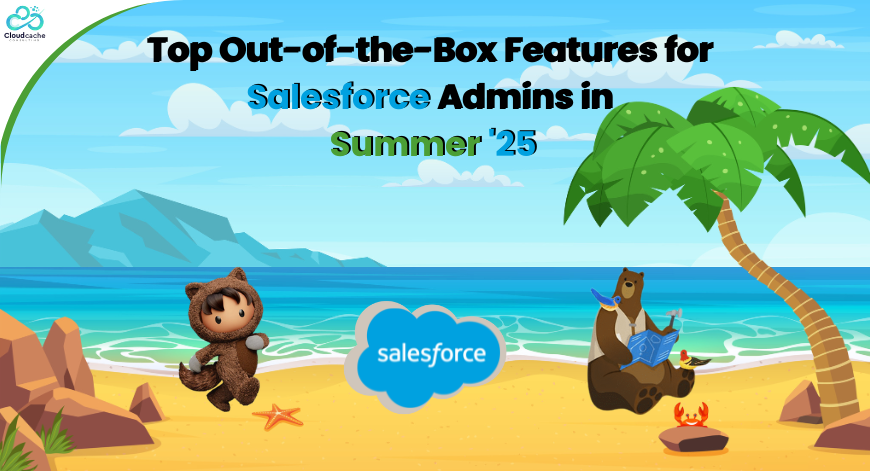
Top Out of the Box Features for Salesforce Admins in Summer '25
The Salesforce Summer ’25 release introduces a powerful collection of new features designed to make an admin’s job easier, faster, and more productive. With a strong focus on streamlining setup, improving permission control, and enhancing usability, this release is packed with valuable updates.
Whether you're managing user access, optimizing dashboards, or configuring mobile experiences, there’s something in this release for every admin.
In this article, we explore 13 key enhancements from Summer ’25 that can help you work smarter and improve your org’s overall performance.
Salesforce Go: A Streamlined Setup Journey
Unified Experience for Admins
Salesforce Go, previously known as Sales Cloud Go, is now a broader tool that simplifies how features are discovered and implemented. Instead of browsing deep into Setup menus or searching documentation, admins get guided walkthroughs for activating and configuring new features.
While it’s currently focused on Sales Cloud, the name change hints that Salesforce may expand its scope to other clouds soon — making it a central setup hub for the entire ecosystem.
Refresh Individual Dashboard Widgets
Faster Data Updates Without Full Reloads
Admins and users can now refresh specific widgets on dashboards instead of refreshing the entire dashboard. This means quicker access to updated insights without waiting for every widget to reload — a major time-saver, especially for dashboards with large data sets.
To enable this, navigate to “Reports and Dashboards Settings” and select the option to allow users to refresh individual widgets.
Customize Report Subscription Email Senders
Use Org-Wide Addresses for Clarity
Previously, when admins scheduled reports on behalf of users, those emails appeared to come from the admin’s personal email, leading to confusion. Now, Salesforce allows you to send report subscriptions from an organization-wide email address.
This new option creates a more professional and standardized communication experience — and keeps your inbox cleaner.
You can activate this under:
Setup → Reports and Dashboards Settings → Enable Org-Wide Email Address for Report Subscriptions.
Dashboard Subscriptions Can Also Use Org-Wide Addresses
Uniformity Across Reports and Dashboards
Extending the same functionality as with report subscriptions, Salesforce now lets you set dashboard emails to be sent from a shared, branded email address. This maintains consistency in messaging and avoids any unnecessary replies to individual admin accounts.
Preserve Report Table Settings in Dashboards (Beta)
Maintain Sorting, Groupings, and Customizations
When adding a report table to a dashboard, you no longer have to recreate your formatting. With the new “Use Table Settings from Report (Beta)” option, your original groupings, bucket fields, formulas, and sort order are retained.
This ensures a seamless experience between your reports and dashboards and saves valuable setup time.
Enhanced List View Selection Experience
Modernized and More Accessible Dropdowns
Salesforce has upgraded the list view selection dropdown using Lightning Web Components. The new dropdown:
- Displays up to 100 list views.
- A quick filtering search bar is preincluded.
- Highlights recently used list views.
These improvements offer easier navigation and accessibility for users managing large data sets or frequently switching between views.
Dynamic Related Lists on Mobile (Beta)
Consistent Experiences Across Devices
Dynamic Related Lists , a new feature is now available for mobile devices as well . This means users can interact with the same dynamic, filtered related list components while on the go — making mobile use much more powerful and consistent.
To enable this, go to Salesforce Mobile App Setup and activate the related beta feature.
Pre-Delete Relationship Visibility for Custom Objects
Know What’s Connected Before You Delete
One common frustration for admins has been discovering object relationships only after attempting to delete a custom object. With this release, Salesforce now shows a detailed list of all related items before deletion.
This includes:
- Object names
- Field API names
- Links to related objects
This feature helps admins safely clean up unused objects without unexpected errors or broken relationships.
Edit Object Permissions Across Multiple Permission Sets and Profiles
Centralized Access Modification
Instead of opening each permission set or profile individually to adjust object access, you can now view and modify all related permission sets and profiles from one interface within Object Manager.
This centralized view allows you to:
- Do customization and authorization tweaks.
- Make bulk changes across multiple profiles or permission sets.
This is especially helpful for admins managing large or complex security models.
More Power in Permission Set Summaries
Edit Permissions Without Navigating Away
The updated Permission Set Summary page lets you directly manage:
- User permissions
- Object and field-level permissions
- Custom permissions
Rather than jumping between screens, you can now review and update all these settings in one place — making audits and updates significantly faster.
Manage Permission Set Groups More Efficiently
Add or Remove Permissions Without Leaving the Summary Page
Previously, you could only view the components of a Permission Set Group. Now, with Summer ’25, you can edit which permission sets are included — right from the summary screen.
This small but impactful update saves time and supports more dynamic access management.
View Tab Access in Permission Sets
Quick Review of Navigation Settings
Salesforce has introduced a new read-only “Tabs” section in the Permission Set Summary. This allows admins to quickly see which tabs are available, hidden, or default for users assigned to the permission set.
While currently not editable from this view, it provides helpful visibility into user navigation experiences.
User Access Summary: Centralized and Actionable
View and Modify User Access from One Screen
The updated User Access Summary page is now more interactive. You can:
- View assigned permission sets, and queue memberships.
- Instant user modification available.
- Use filters, sorting, and search to find specific assignments.
Conclusion
The Summer ’25 Salesforce release puts powerful tools in the hands of admins — improving visibility, reducing repetitive work, and aligning experiences across desktop and mobile.
By embracing these 13 features, you’ll streamline your workflows, gain more control over user access, and reduce time spent on configuration and troubleshooting.
Now’s the time to explore these updates in a sandbox, test the enhancements, and roll them out gradually for your team.
For more upcoming updates stay connected with CloudCache Consulting.
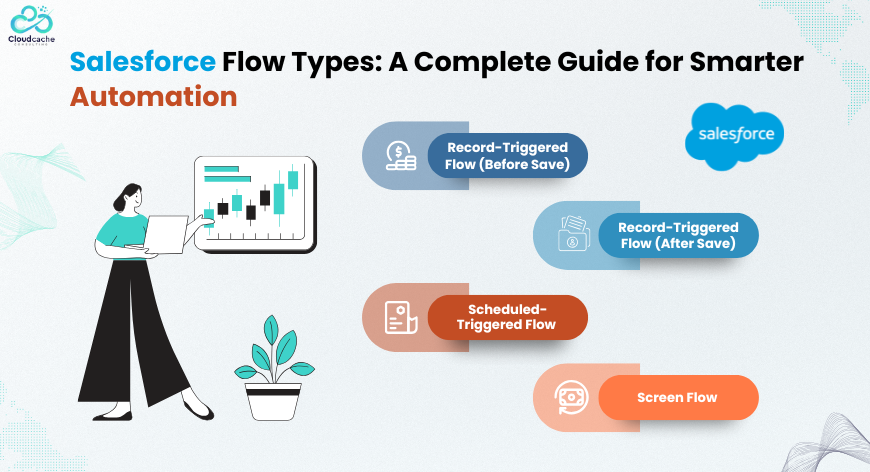

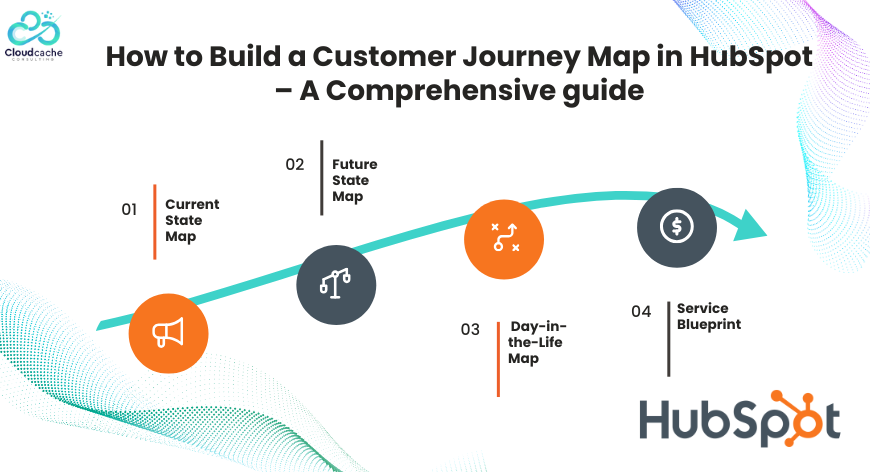

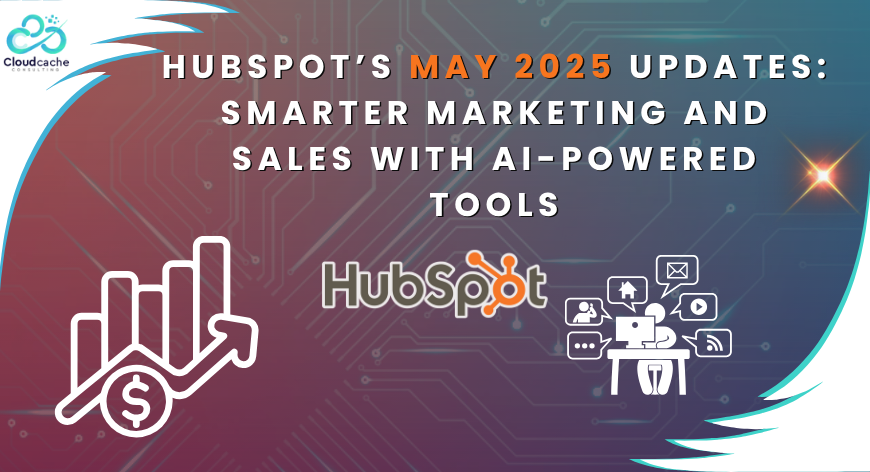

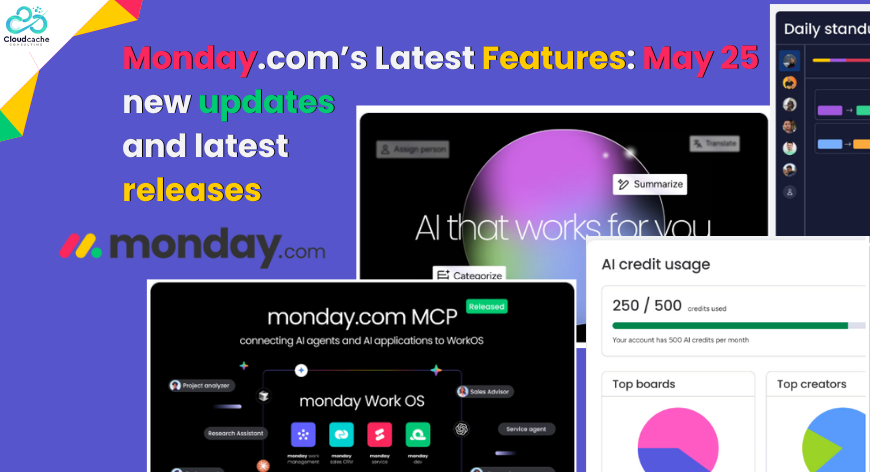

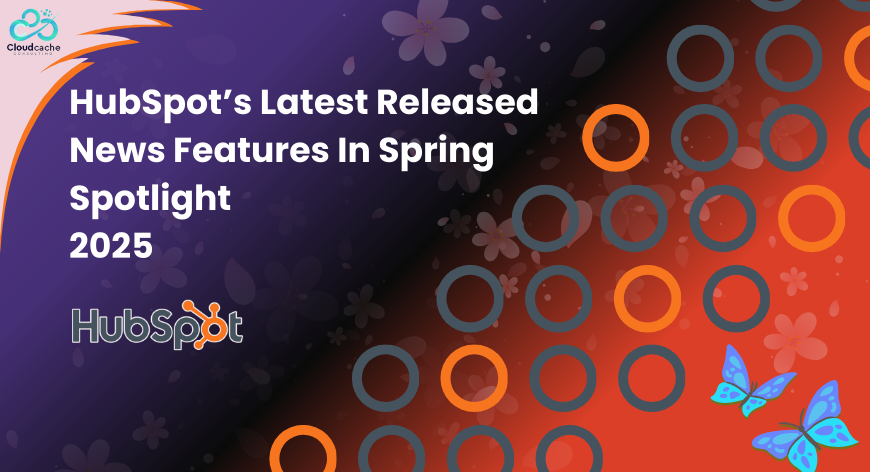


Leave a Reply
Your email address will not be published.